
Florence Culture: Unveiling 10 Artistic Treasures
Table of Contents
Florence Culture: Discovering the Artistic Treasures of the City
Florence culture is a tapestry woven from art, history, and tradition, making it one of Italy’s most enchanting destinations. Known as the birthplace of the Renaissance, Florence boasts a rich array of cultural experiences that captivate the hearts of visitors from around the globe. From the remarkable architectural wonders to world-renowned museums, this city offers a unique glimpse into a vibrant past that still influences modern art and life. In this article, we will delve into 10 artistic treasures of Florence culture, inviting you to experience the beauty and depth of this historical gem in Tuscany.
Want to find the best travel deals for this destination? discover adventure planner with our adventure planning specialist!
1. Exploring the Uffizi Gallery: A Masterpiece of Renaissance Art
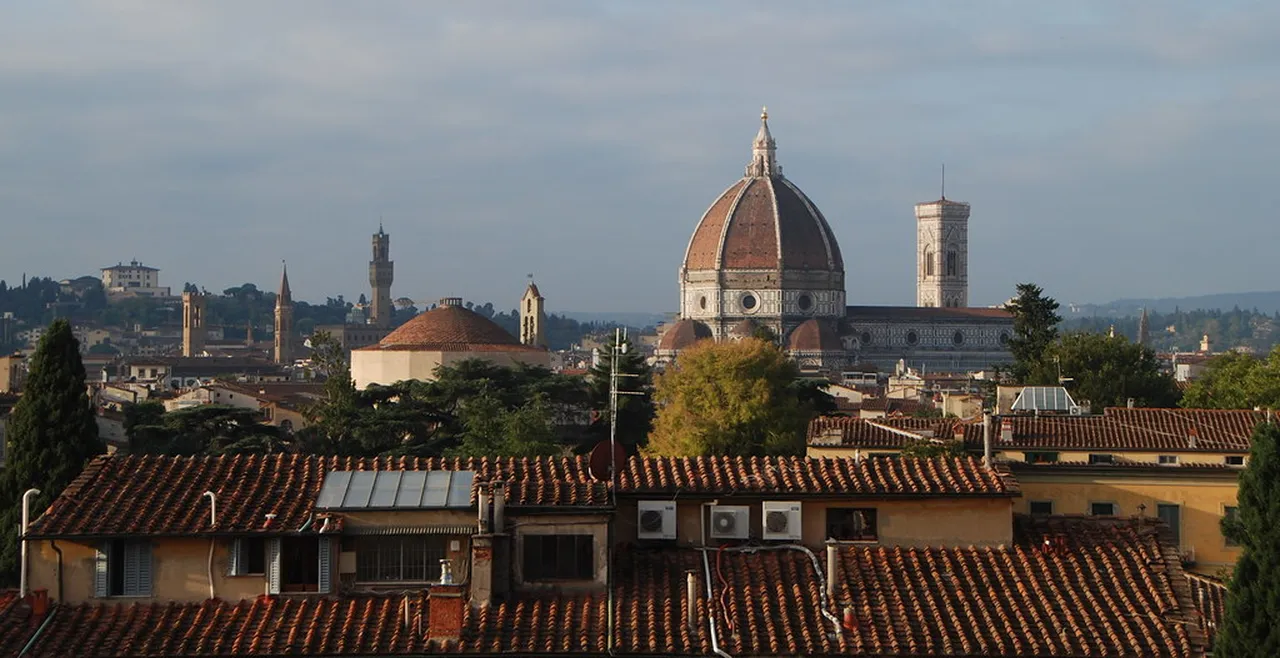
The Uffizi Gallery is an essential stop for anyone interested in Florence culture. As one of the most famous art museums in the world, it houses a magnificent collection of Renaissance art. Here, you can marvel at works by masters such as Botticelli, Michelangelo, and da Vinci. Walking through the gallery, I found myself captivated by the stories behind each piece. It’s crucial to book tickets ahead of time; otherwise, the lines can be overwhelming.
Moreover, the gallery is not just about the art; its architecture is equally stunning. Transitioning from one room to another, you’ll discover beautiful frescoes that embellish the ceilings, further enhancing the cultural experience. Pro tip: Visit during the early hours of the day to avoid crowds and truly soak in the art.
2. Visiting the Duomo: An Architectural Marvel of Florence Culture
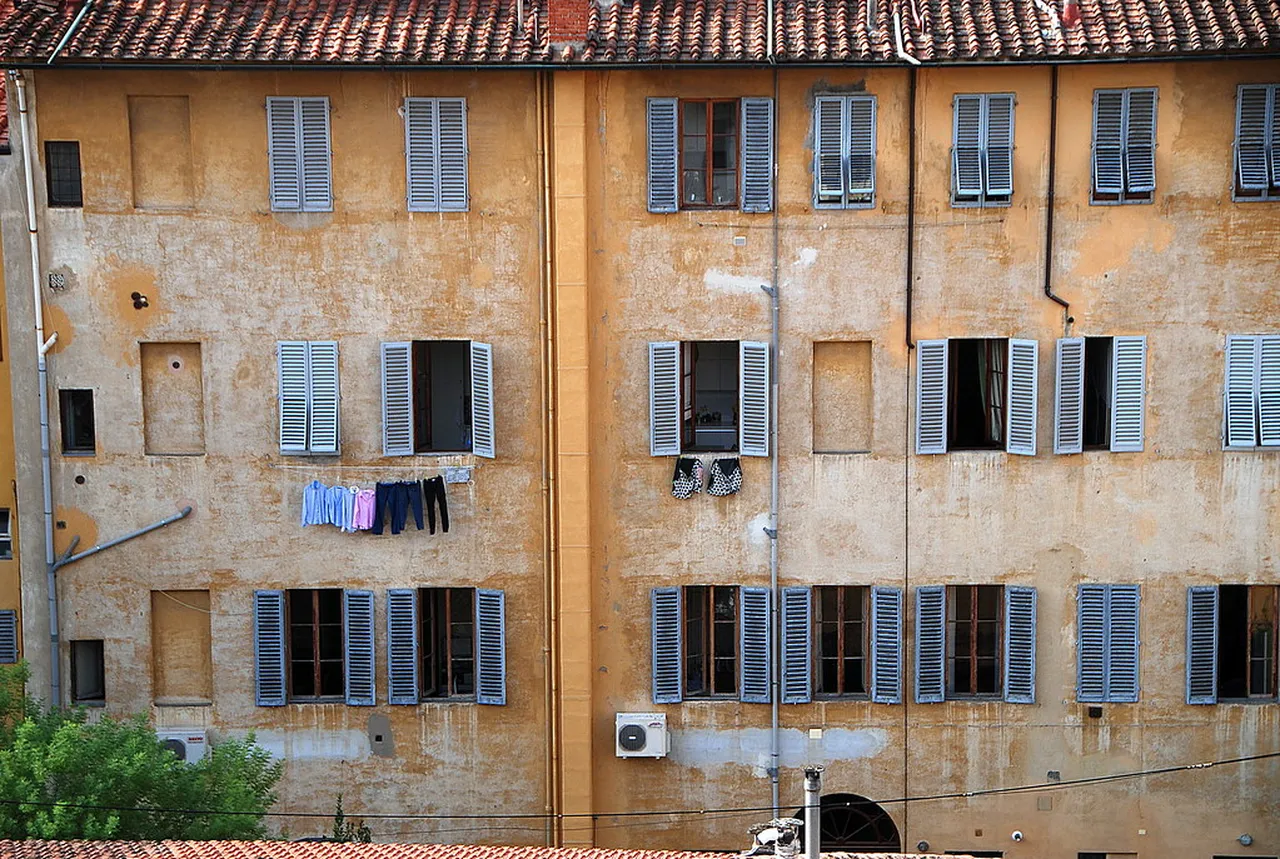
The Duomo, or Cathedral of Santa Maria del Fiore, is an unforgettable aspect of Florence culture. Its striking dome, designed by Brunelleschi, dominates the skyline and is a marvel of Renaissance engineering. Climbing to the top offers breathtaking views of the city, but be prepared for the narrow staircase!
Once inside, the cathedral’s frescoes and intricate details leave visitors in awe. Additionally, the Baptistery and its stunning bronze doors are must-sees. In transitioning from the bustling streets, entering the Duomo provides a serene, reflective atmosphere. To fully appreciate this architectural wonder, consider joining a guided tour.
3. The Ponte Vecchio: A Bridge Steeped in History and Commerce
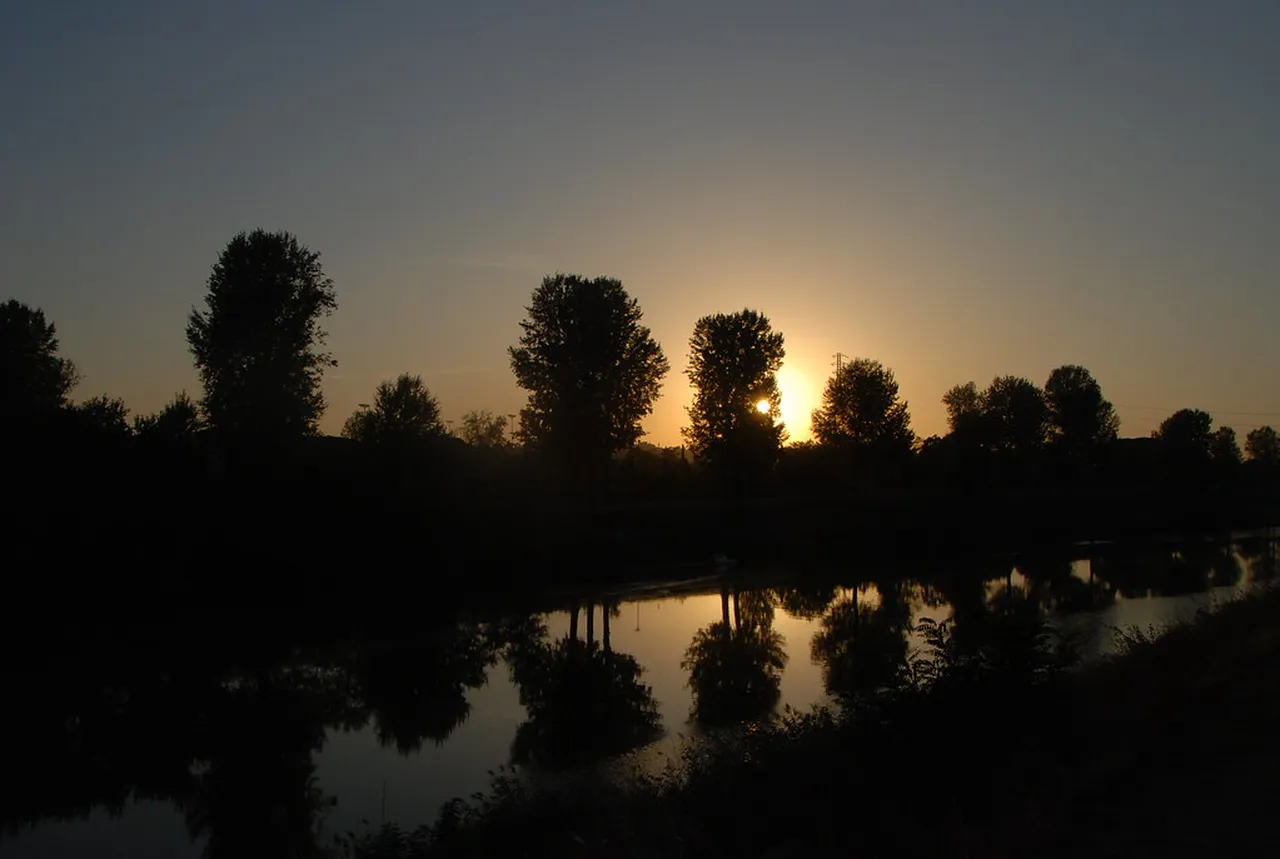
The Ponte Vecchio is not only a bridge but a symbol of Florence culture. Dating back to the 14th century, it is famous for its colorful shops that sell jewelry and artisanal goods. As I strolled along the bridge, I was enveloped in its rich history and vibrant atmosphere.
Transitioning from one end to the other, I absorbed the beauty of the Arno River flowing beneath. It’s fascinating to learn that this iconic site has survived all forms of adversity, including World War II. Furthermore, visiting at sunset reveals stunning reflections in the water—a photographer’s dream! Be sure to take a moment to appreciate both the artisans’ craftsmanship and the bridge’s historic significance.
4. Discovering Michelangelo’s David: An Icon of Renaissance Genius
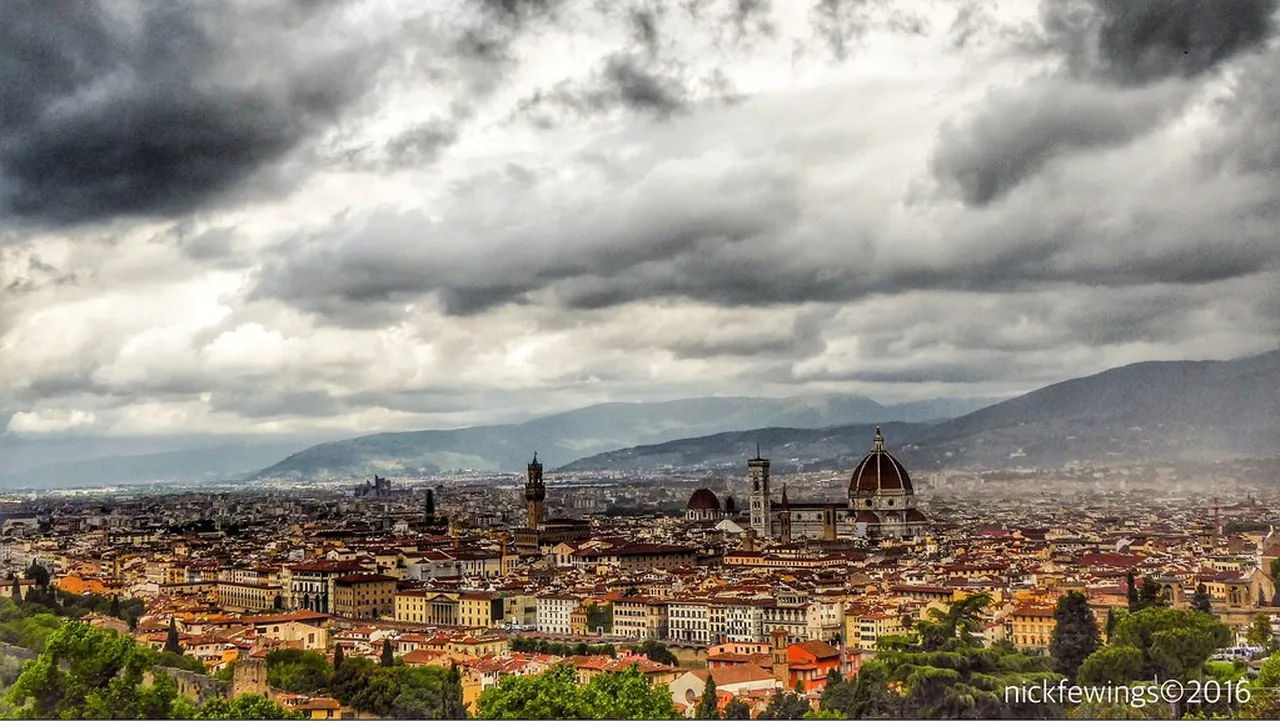
When visiting Florence, one cannot overlook the iconic Michelangelo’s David. Sculpted between 1501 and 1504, this masterpiece is not only a symbol of Renaissance art but also a testament to human beauty and strength. Located in the Galleria dell’Accademia, the statue offers an impressive glimpse into Michelangelo’s unparalleled mastery of form and detail.
As you approach David, the first impression is his imposing height and the intricate details carved from a single block of marble. To truly appreciate the sculpture, take a moment to observe the fine detailing of David’s expression and musculature. It’s clear that Michelangelo aimed to capture not only physical attributes but also an emotional resonance.
“David is a testament to the ideals of the Renaissance, embodying beauty, heroism, and divine proportion.”
In conclusion, experiencing David up close provides a unique insight into Florence’s culture during the Renaissance, making it a must-visit for anyone exploring this magnificent city.
5. The Boboli Gardens: A Symphony of Nature and Art
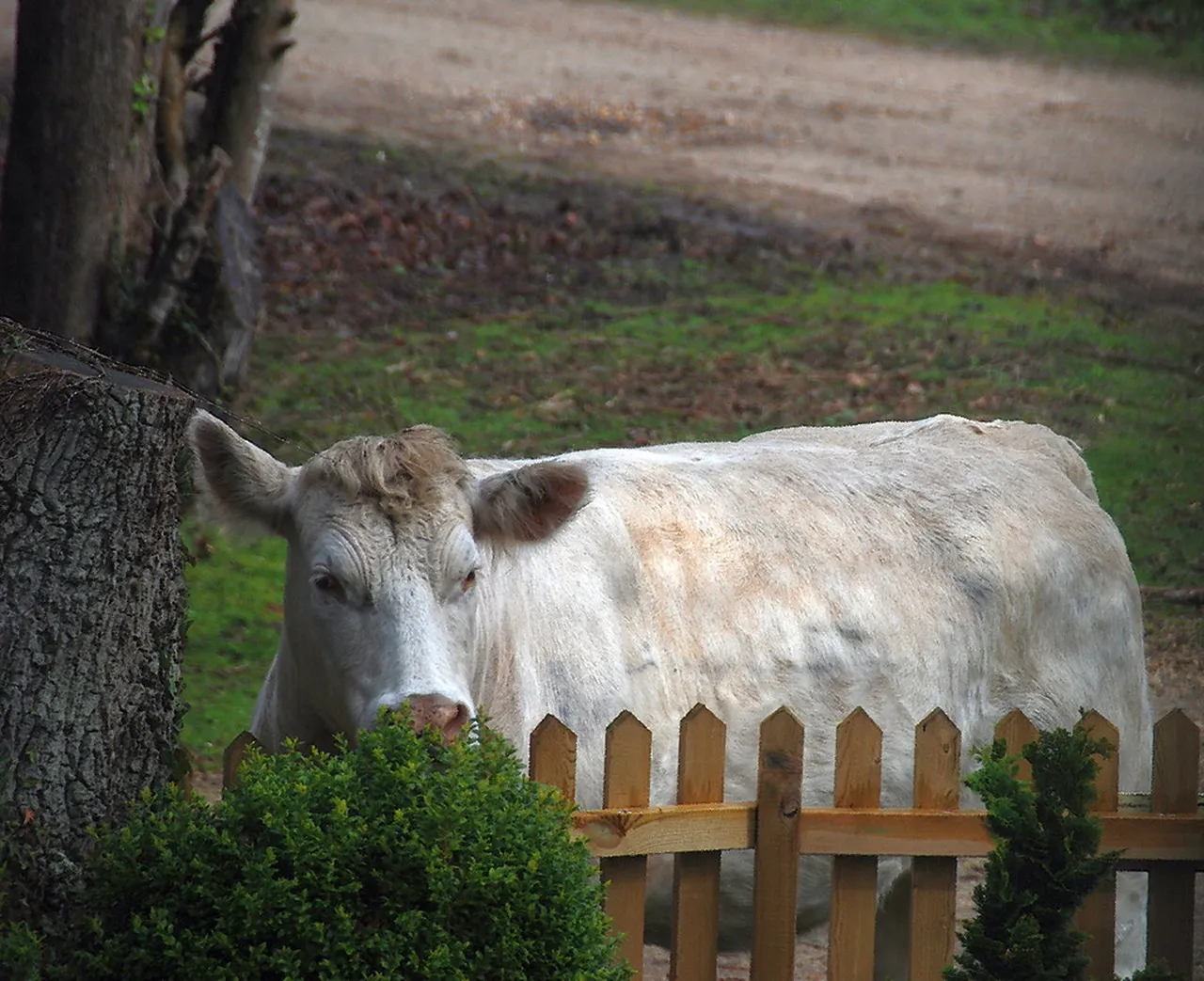
The Boboli Gardens, located behind the Pitti Palace, is a stunning example of how Florence’s culture intertwines nature with art. Spanning 45 acres, these gardens serve as an open-air museum showcasing a variety of sculptures, fountains, and botanical wonders. As you stroll through the meticulously planned landscapes, you will discover how the gardens reflect the grandeur of the Medici family.
One of the Highlights is the Viottolone, a long avenue lined with impressive statues and lush greenery. Furthermore, the gardens offer breathtaking views of the Florentine skyline, making it a perfect spot for photography enthusiasts. Moreover, don’t miss the delightful grottos and the famous amphitheater that frequently hosts cultural Events.
As you immerse yourself in the tranquility of the Boboli Gardens, you will find it not just a park, but a dynamic representation of Florentine culture that harmoniously blends art, nature, and history.
6. Experiencing Traditional Florentine Cuisine: A Culinary Culture
Florence’s culinary culture is a delightful exploration of traditional flavors and local ingredients. The city is famous for its hearty dishes such as ribollita, a savory vegetable and bread soup, and pici, a type of handmade pasta. When exploring Florentine cuisine, you will quickly discover that food here is a central part of social life.
Dining in Florence is not merely a meal; it’s an experience. Be sure to visit local trattorias to savor authentic dishes prepared with fresh, high-quality ingredients. Additionally, you cannot leave Florence without trying Bistecca alla Fiorentina, a succulent T-bone steak that embodies the culinary spirit of Tuscany.
“Enjoying a meal in Florence is an invitation to understand the local culture as much as the food itself.”
Ultimately, Florence’s traditional cuisine reflects its vibrant cultural heritage, inviting travelers to indulge and connect with the locals. After all, each bite tells a story of history, tradition, and flavor.
7. Participating in the Calcio Storico: Florence’s Historic Game
The Calcio Storico, an ancient game that dates back to the 16th century, is a vibrant slice of Florence culture. Played in Santa Croce Square, this traditional sport combines elements of soccer, rugby, and wrestling. Each June, the city comes alive as four teams, representing the historic neighborhoods, compete for glory. This exciting event not only captivates locals but also draws tourists eager to witness such a unique spectacle.
Moreover, attending Calcio Storico is more than just watching a game; it’s an immersive experience into the heart of Florentine tradition. Spectators often dress in period attire, enhancing the atmosphere. As you cheer on your favorite team, the excitement is palpable. Don’t forget to arrive early to soak up the festive spirit that surrounds the event.
8. The Pitti Palace: Royal Heritage and Artistic Engagement
The Pitti Palace, a grand structure that once served as a royal residence, is a cornerstone of Florence culture. Today, it houses a diverse collection of artworks, making it a hub for art enthusiasts. Inside, visitors can explore the numerous galleries filled with masterpieces from the Renaissance era. Each room tells a story, showcasing artworks by esteemed artists like Raphael and Titian.
Furthermore, the palace’s gardens, the Boboli Gardens, provide a stunning backdrop for a leisurely stroll. As you wander through their perfectly manicured landscapes, take a moment to appreciate the harmonious blend of nature and art. The Pitti Palace is not just a museum; it’s an invitation to engage with history and artistic heritage.
9. Celebrating Festivals of Florence: Culture at its Heart
Florence is renowned for its vibrant festivals, which are integral to the fabric of Florence culture. From the Calcio Storico in June to the colorful Scoppio del Carro at Easter, the city comes alive with festivities that honor its rich traditions. Each festival is steeped in history and offers a unique insight into local customs.
Moreover, these celebrations not only attract tourists but also foster a sense of community among Florentines. Attending a festival is a fantastic way to immerse yourself in the lifestyle and spirit of the city. As you enjoy the parades, music, and local food, you’ll experience a profound connection to Florence’s heritage and its people.
10. The Accademia Gallery: Home to Masterpieces Beyond David
The Accademia Gallery in Florence is renowned not just for Michelangelo’s David, but also for its impressive collection of Renaissance masterpieces. As I wandered through the gallery, I was constantly amazed by the sheer talent displayed in every room. It serves as a testament to the Florence culture that nurtured such greatness.
Moreover, the gallery houses works by other notable artists, including Botticelli and Ghirlandaio. Transitioning from the iconic David to the lesser-known but equally stunning pieces gives visitors a well-rounded appreciation of art. While exploring, take your time admiring the frescoes and sculptures that tell stories from both Biblical and historical narrative.
“Expect to be inspired by the artistry that shaped the Renaissance, reflecting the vibrancy of Florence in every stroke and chisel.”
Therefore, make sure to allocate ample time for your visit. Ultimately, the Accademia Gallery offers an enriching experience, inviting you to understand the depth of Florence’s artistic heritage.
Florence culture offers an extraordinary journey through the realm of art, history, and culinary delights that define this iconic city. From admiring timeless masterpieces in the Uffizi Gallery to savoring authentic Tuscan dishes, each experience deepens your appreciation of the renaissance spirit. As you plan your visit, let these artistic treasures inspire you to explore and connect with Florence’s vibrant cultural heritage. What aspect of Florence’s culture are you most excited to discover? Share your insights in the comments, and let’s celebrate the iconic artistry of this remarkable city together.